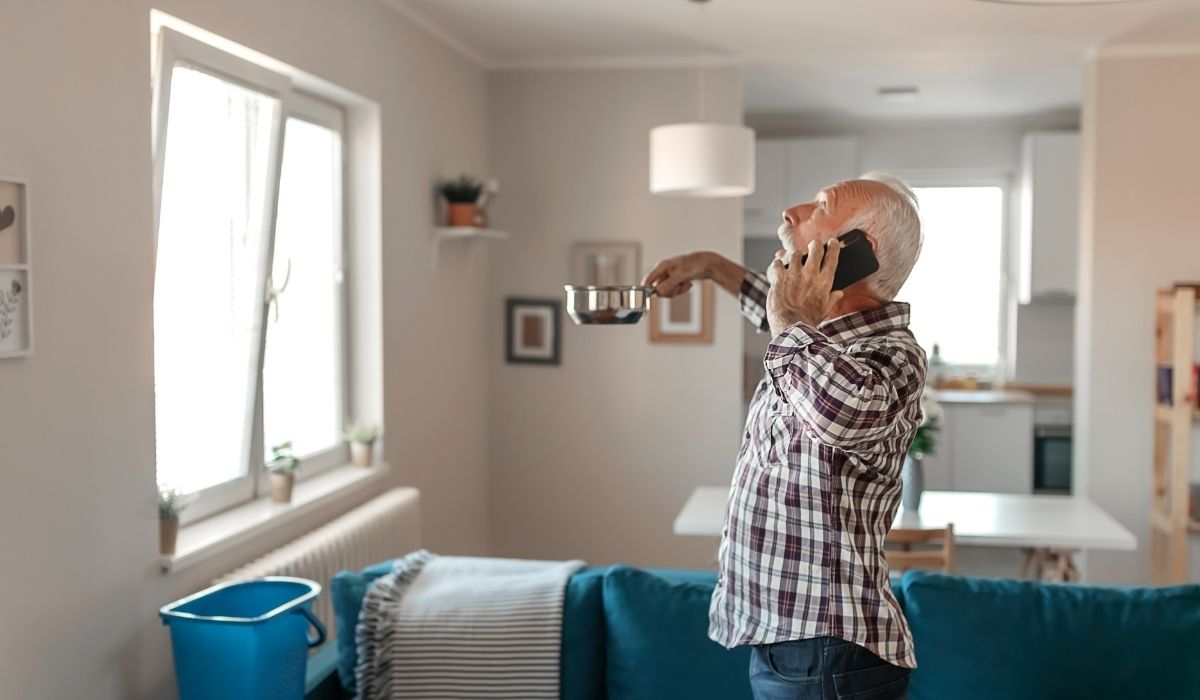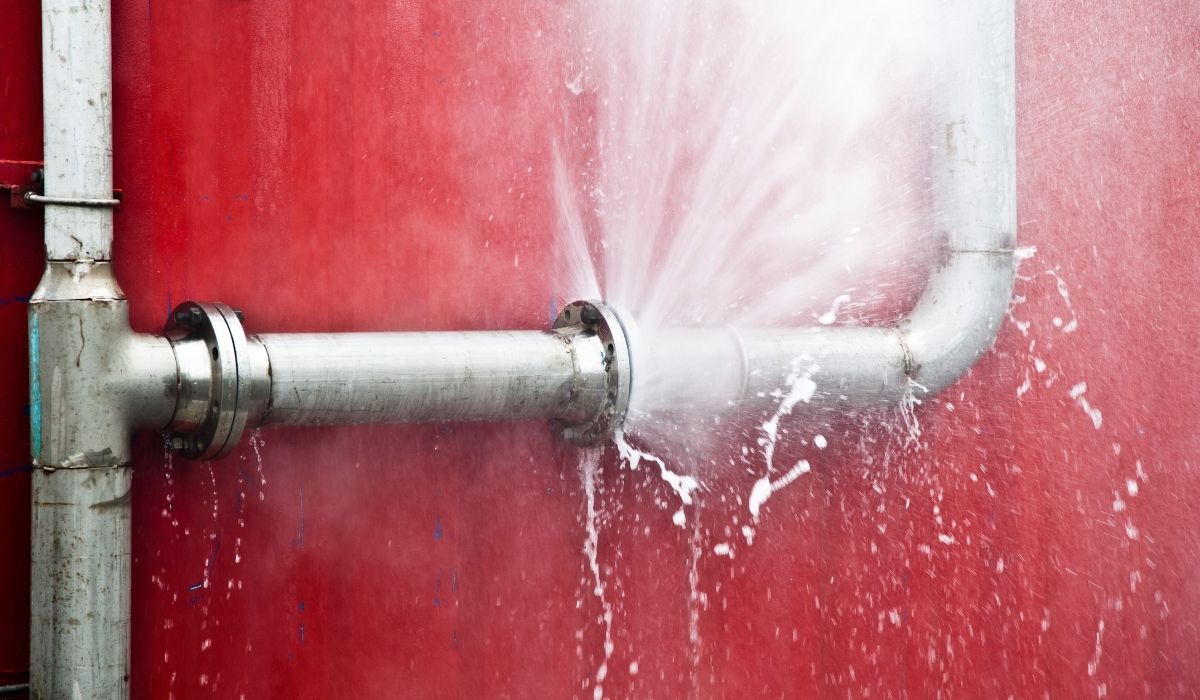What to Throw Away After Smoke Damage | Orange County Guide
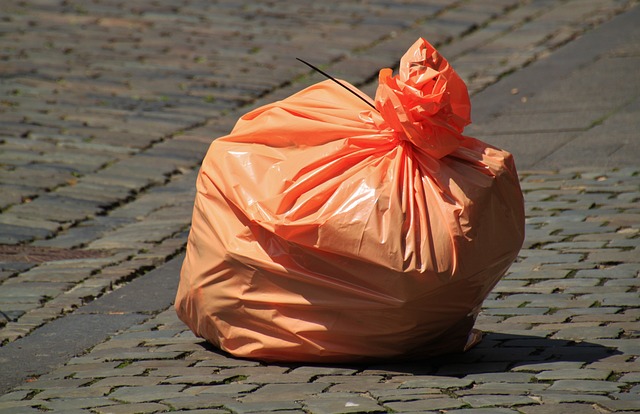
- December 10, 2024

Eric Allison
Eric Allison is a seasoned professional in property restoration, serving as the primary contact and founder of Preferred Restoration Services, LLC, based in Tustin, California. With a career spanning over two decades, Eric has developed extensive expertise in addressing fire, water, and mold damage, ensuring properties are restored to their pre-loss condition.
Dealing with the aftermath of smoke damage can feel overwhelming, especially when sorting through items affected by a house fire. Knowing what to throw away after smoke damage ensures your safety and helps restore your home efficiently. This guide outlines key items to discard, health risks involved, and why professional help may be necessary.
1. Understanding Smoke Damage
Smoke damage affects more than just appearance; it compromises the safety and usability of many household items. Smoke particles settle into porous materials, while toxic fumes and soot linger, posing long-term health risks.
2. Why Proper Disposal Matters
Discarding damaged items prevents health risks like respiratory issues and toxic exposure. Contaminated items can also harbor harmful bacteria, mold, and unpleasant odors.
3. Health Risks from Smoke Damage
Health risks from smoke damage include respiratory irritation and exposure to toxic chemicals. Porous materials, such as clothing or upholstered furniture, absorb smoke particles, making them unsafe to reuse.
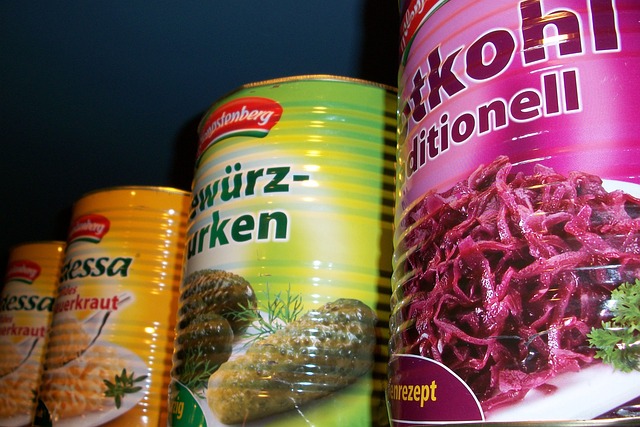
Items to Throw Away After Smoke Damage
4. Food Items and Kitchen Supplies
Perishable Food: Heat and smoke contaminate food, even if packaging appears intact. Discard perishable food left out for over two hours.
Refrigerated and Frozen Food: Frozen food with melted ice crystals or odd odors should be discarded. Food inside aluminum cans exposed to high heat may be unsafe due to potential chemical leaks.
Canned Goods: Discard canned goods with visible damage or exposure to firefighting chemicals.
5. Cosmetics and Personal Care Products
Smoke particles and chemicals compromise the safety of cosmetics. Throw away items stored in permeable packaging, as these absorb smoke and toxins.
6. Clothing and Fabrics
Clothing exposed to minor smoke damage may be salvageable with proper cleaning. However, discard items with irreparable damage or that continue to emit unpleasant odors after cleaning.
7. Porous Materials and Upholstered Furniture
Porous materials, such as upholstered furniture, absorb smoke odors and toxic fumes. Even with professional cleaning, these items may remain unsafe.
8. Thin Plastic Bags and Containers
Thin plastic bags and containers melt or deform under high temperatures. Discard these items to avoid contamination.
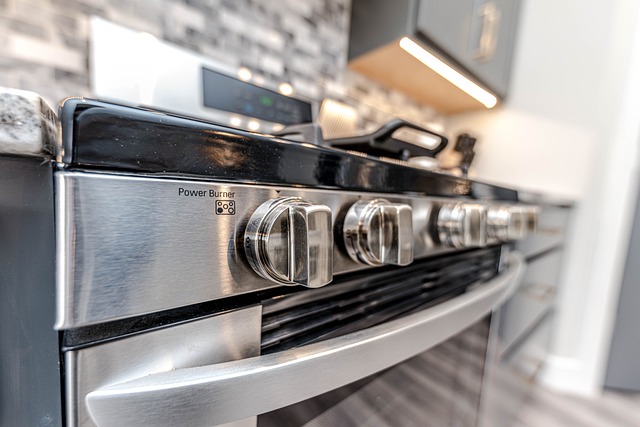
Household Items to Discard After a Fire
9. Household Appliances
Appliances exposed to fire’s heat may have internal damage. Electrical components can malfunction, posing safety risks.
10. Hard Surfaces and Glass
Hard surfaces, including glass items, may crack or lose structural integrity due to high temperatures. Damaged glass should be discarded to prevent accidents.
11. Cosmetics and Chemicals
Firefighting chemicals and smoke can contaminate household chemicals, making them unsafe. Throw away any damaged items or products stored near the fire.
12. Damaged Electronics
Smoke and soot infiltrate electronics, causing irreparable damage. If an item longer feels cold or shows signs of soot, it is best to discard it.
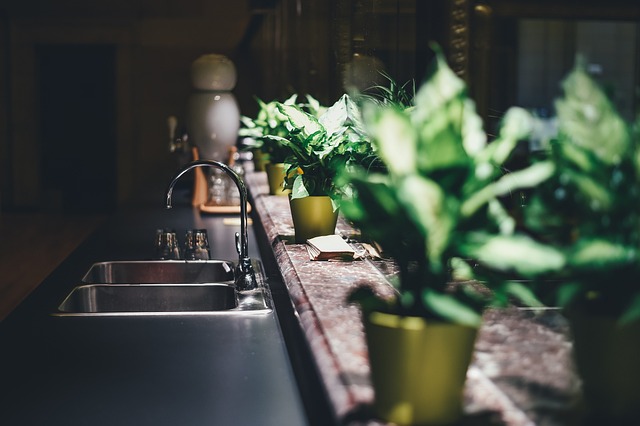
Special Considerations for Food and Kitchen Items
13. Contaminated Food
Toxic fumes and smoke particles can contaminate food, especially items in permeable packaging. Even non-perishable food may be unsafe if exposed to firefighting chemicals.
14. Charred Food
Charred food, including any exposed during the fire, should always be thrown away. High temperatures activate bacteria, making such food unsafe.
15. Kitchen Utensils and Dishware
Inspect utensils, especially those made of plastic. If they show signs of soot or damage, discard them. Glass and ceramics may salvage if not cracked but require thorough cleaning with dish soap.
Preventing Further Damage
16. Removing Soot from Surfaces
Remove soot from hard surfaces promptly to prevent staining and further damage. Use tri-sodium phosphate for proper cleaning.
17. Prevent Mold Growth
Mold can develop on wet items after firefighting efforts. Drying materials immediately can prevent mold, but severely damaged items may need to be discarded.
Seeking Professional Help
18. Why Contact a Restoration Company?
Restoration companies specialize in removing smoke odors, restoring hardwood floors, and salvaging damaged items. They assess what can be saved and help with insurance claims.
19. Dealing with Insurance
Your insurance company can guide you on what items to discard and may cover the cost of replacements. Document damaged items before disposal for your claim.
20. When to Call for Professional Help
If smoke damage seems extensive or includes toxic fumes, professional help ensures safe and thorough cleaning. Contact a trusted restoration company like Preferred Restoration Services for assistance.
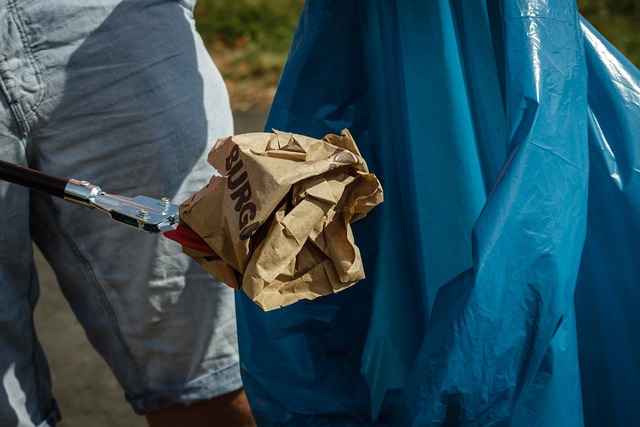
Final Steps After a Fire
21. Inspecting Upholstered Furniture and Other Fabrics
Examine upholstered furniture and other fabrics for soot and smoke damage. Items with irreparable damage should be discarded to maintain your well-being.
22. Sorting Through Household Items
Household items, including thin plastic bags and cosmetics, may need to be thrown away after exposure to fire or smoke.
23. Protecting Your Health
Always prioritize your health and safety. Discarding contaminated items helps protect your well-being.
24. Act Now
For thorough smoke damage restoration, contact Preferred Restoration Services today. Their expert team provides professional help, ensuring your home is safe and secure.

Conclusion
Knowing what to throw away after smoke damage is crucial for restoring your home and protecting your health. Discarding contaminated food, porous materials, and damaged household items ensures safety. For professional restoration services in Orange County, CA, rely on Preferred Restoration Services to help you rebuild with confidence.
FAQ: Common Questions About What to Throw Away After Smoke Damage
1. What should I throw away after smoke damage in the kitchen?
You should discard perishable food, frozen food with melted ice crystals, canned goods exposed to heat, and any food items with odd odors. Kitchen utensils made of plastic or thin materials that show signs of heat exposure should also be thrown away.
2. Can I salvage clothing exposed to smoke damage?
Clothing with minor smoke damage may be salvageable with proper cleaning. However, items that still emit unpleasant odors or show irreparable damage after cleaning should be discarded.
3. What household items are unsafe to keep after smoke damage?
Porous materials like upholstered furniture, cosmetics, thin plastic bags, and household chemicals are often unsafe due to their ability to absorb smoke particles and toxic fumes. Electronics exposed to heat or soot should also be discarded.
4. How do I know if non-perishable food is safe after a fire?
Non-perishable food may be unsafe if exposed to high heat, toxic fumes, or firefighting chemicals. Check for damaged packaging or an odd odor. When in doubt, it is safer to throw it away.
5. When should I call a restoration company after smoke damage?
You should call a restoration company if the smoke damage is extensive, includes toxic fumes, or affects structural elements like hardwood floors. A professional can assess what can be salvaged and assist with insurance claims. You can also contact a fire department near you for more information.
Table of Contents
EXCELLENTVerified A straight up honest broker who knows his stuff. Excellent communication and very helpful problem solving our mold issuePosted onVerified Giving Eric a 5-star review, and we haven't even started any work yet. He came to gave us his professional opinion and quote to address a mold issue in our house. He is clearly very knowledgeable. His opinion was wildly different than the previous estimate we received, from an agency that wanted to charge us about 4 times as much. He did a much more thorough assessment, and explained his reasoning for why he felt that our issue wasn't as extreme as the previous agency. He even gave us some suggestions as to how we could address our issue on our own, if need be. He doesn't appear "out to get you"... there are a lot of companies that work off the "mold is gold" motto, but he doesn't seem to be one of them. If we end up going with him for the job, we'll update the review... but, I was just so happy and relieved with his approach, estimate, knowledge, and his overall professionalism. Glad there are still people like this out there!Posted onVerified Eric and his team were prompt and professional. From diagnosis through cleanup they were very thorough.Posted onVerified Above and beyond expectations. Eric and his team were not only helpful, kind, and relatable to our issues, they were extremely professional and reliable. Always answered our calls. Showed up on time with great attitudes. Respected our home. Most importantly, got the job done in a fast and timely manner. Can't recommend enough.Posted onVerified We had a leak under the kitchen sink and called another company first. We were told there is mold and they would have to tent the area to remove it and that we'd also need a whole new cabinet. Of course, it was pretty expensive and they said we couldn't use the kitchen for a couple weeks. Feeling it's always wise to get more than one estimate, I called Preferred Restoration as they had excellent reviews. Eric replied promptly and came out to look things over. He felt the mold wasn't bad enough to require a tent and also felt a whole new cabinet was not required. Needless to say, we accepted his estimate immediately and the work was done in a professional manner. (They don't do the carpentry work, but can make a recommendation.) I highly recommend Preferred Restoration. I believe it's an honest company with skilled professionals.Posted onVerified Eric the owner was great to work and keep me informed the entire time that the moisture was being removed from my home. Highly recommend Eric and his team for any job!Posted onVerified Right from the start I knew I was going to be in good hands with this company. The response time was super quick and getting Eric to come out to my home to assess the situation was quicker than expected. Eric was very knowledgeable and answered all my questions thoroughly. He took his time to listen to all my concerns to carefully address the issues in my home. He made a stressful situation feel less stressful and manageable. I definitely recommend this company and will contact Eric if needed in the future. Thanks again Eric!Posted onVerified We discovered a mold issue in one of our bedrooms and reached out to Preferred Restoration Services for guidance. Eric was extremely helpful in helping us navigate what needed to be done since we had no experience with this type of issue. He shepherded us through the process and helped us understand every step that needed to be performed. He referred us to a couple of contractors which we used for plumbing and testing and they were also excellent. This was helpful so that we didn't have to figure out who else we needed to work with and vet them as well. Everyone from Preferred Restoration Services was very professional, communication was excellent, and customer service was outstanding. We had a lot of questions and they were all answered very quickly. I highly recommend Preferred Restoration Services for any damage restoration needs.Posted onVerified Preferred Restoration is the best service in town! If you want quality, fair pricing & guidance, call Preferred Restoration! Ask for Eric, he is very helpful and quick.Posted onVerified We had an issue with a sewer line that leaked and potentially needed some soil remediation under the house. I gave Eric a call and made an appointment for the next day for him to come out and assess the situation. Throughout the process his communication was great and he was on time (even gave me a call to let me know he was on his way). He went above an beyond to even check inside the house for potential water damage/mold. We did not have to move forward with any remediation. I appreciate Eric's communication, thoroughness, and HONESTY. We will keep his contact if we need any work in the future. I highly recommend Eric and Preferred Restoration!
Table of Contents
EXCELLENTVerified A straight up honest broker who knows his stuff. Excellent communication and very helpful problem solving our mold issuePosted onVerified Giving Eric a 5-star review, and we haven't even started any work yet. He came to gave us his professional opinion and quote to address a mold issue in our house. He is clearly very knowledgeable. His opinion was wildly different than the previous estimate we received, from an agency that wanted to charge us about 4 times as much. He did a much more thorough assessment, and explained his reasoning for why he felt that our issue wasn't as extreme as the previous agency. He even gave us some suggestions as to how we could address our issue on our own, if need be. He doesn't appear "out to get you"... there are a lot of companies that work off the "mold is gold" motto, but he doesn't seem to be one of them. If we end up going with him for the job, we'll update the review... but, I was just so happy and relieved with his approach, estimate, knowledge, and his overall professionalism. Glad there are still people like this out there!Posted onVerified Eric and his team were prompt and professional. From diagnosis through cleanup they were very thorough.Posted onVerified Above and beyond expectations. Eric and his team were not only helpful, kind, and relatable to our issues, they were extremely professional and reliable. Always answered our calls. Showed up on time with great attitudes. Respected our home. Most importantly, got the job done in a fast and timely manner. Can't recommend enough.Posted onVerified We had a leak under the kitchen sink and called another company first. We were told there is mold and they would have to tent the area to remove it and that we'd also need a whole new cabinet. Of course, it was pretty expensive and they said we couldn't use the kitchen for a couple weeks. Feeling it's always wise to get more than one estimate, I called Preferred Restoration as they had excellent reviews. Eric replied promptly and came out to look things over. He felt the mold wasn't bad enough to require a tent and also felt a whole new cabinet was not required. Needless to say, we accepted his estimate immediately and the work was done in a professional manner. (They don't do the carpentry work, but can make a recommendation.) I highly recommend Preferred Restoration. I believe it's an honest company with skilled professionals.Posted onVerified Eric the owner was great to work and keep me informed the entire time that the moisture was being removed from my home. Highly recommend Eric and his team for any job!Posted onVerified Right from the start I knew I was going to be in good hands with this company. The response time was super quick and getting Eric to come out to my home to assess the situation was quicker than expected. Eric was very knowledgeable and answered all my questions thoroughly. He took his time to listen to all my concerns to carefully address the issues in my home. He made a stressful situation feel less stressful and manageable. I definitely recommend this company and will contact Eric if needed in the future. Thanks again Eric!Posted onVerified We discovered a mold issue in one of our bedrooms and reached out to Preferred Restoration Services for guidance. Eric was extremely helpful in helping us navigate what needed to be done since we had no experience with this type of issue. He shepherded us through the process and helped us understand every step that needed to be performed. He referred us to a couple of contractors which we used for plumbing and testing and they were also excellent. This was helpful so that we didn't have to figure out who else we needed to work with and vet them as well. Everyone from Preferred Restoration Services was very professional, communication was excellent, and customer service was outstanding. We had a lot of questions and they were all answered very quickly. I highly recommend Preferred Restoration Services for any damage restoration needs.Posted onVerified Preferred Restoration is the best service in town! If you want quality, fair pricing & guidance, call Preferred Restoration! Ask for Eric, he is very helpful and quick.Posted onVerified We had an issue with a sewer line that leaked and potentially needed some soil remediation under the house. I gave Eric a call and made an appointment for the next day for him to come out and assess the situation. Throughout the process his communication was great and he was on time (even gave me a call to let me know he was on his way). He went above an beyond to even check inside the house for potential water damage/mold. We did not have to move forward with any remediation. I appreciate Eric's communication, thoroughness, and HONESTY. We will keep his contact if we need any work in the future. I highly recommend Eric and Preferred Restoration!

